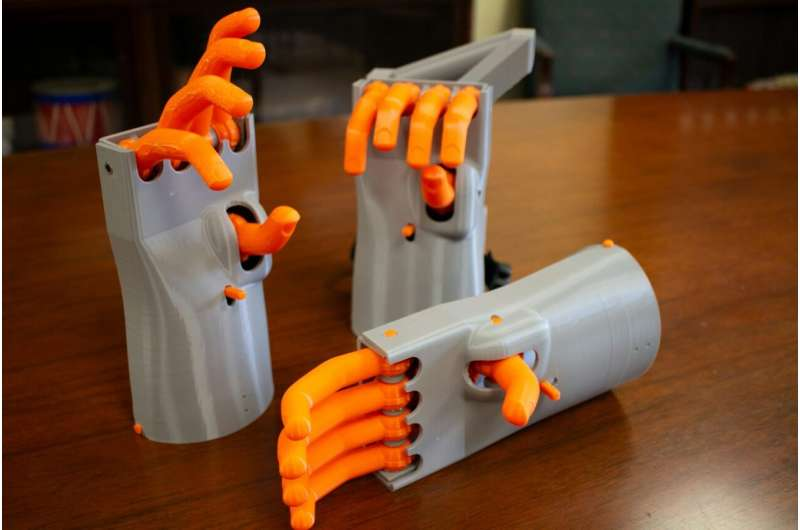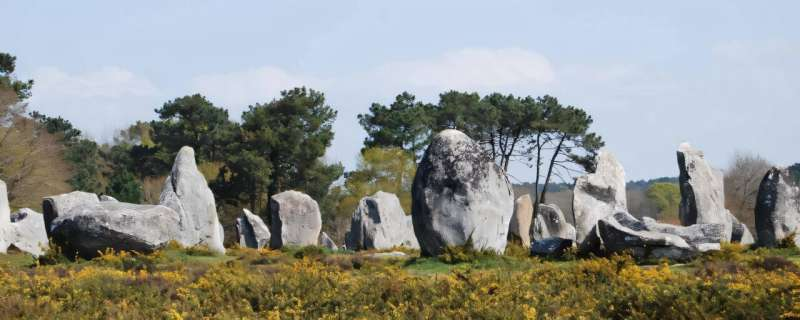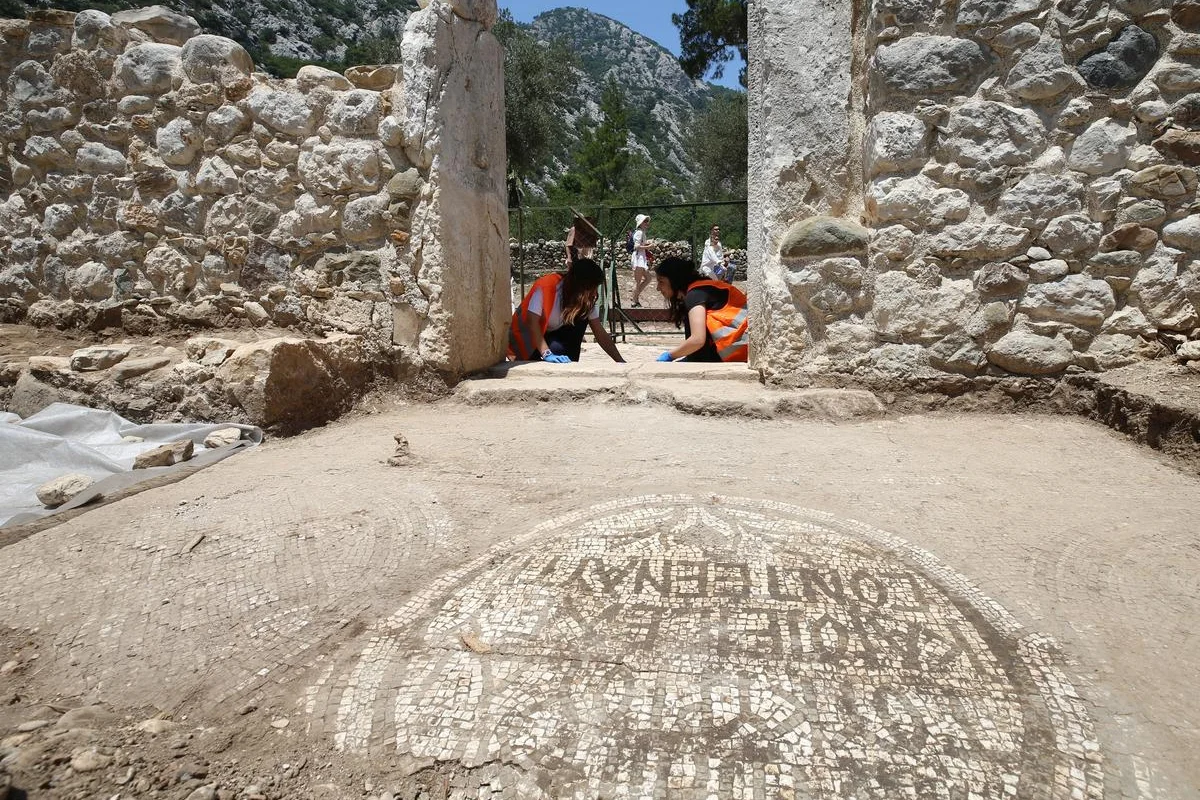Hellenistic-Era Courtyard and Building Discovered
The National Council for Culture, Arts, and Letters (NCCAL) has announced a groundbreaking archaeological discovery on Failaka Island. A joint Kuwaiti-Italian excavation team has uncovered a 2,300-year-old courtyard and building west of the Al-Qurainiya site, dating back to the Hellenistic period. This significant find sheds light on the island’s ancient history and its role as a strategic settlement.
Key Findings at Al-Qurainiya
The excavation team, led by experts from NCCAL and the University of Perugia, unearthed rock foundations, an internal wall, and an entrance connecting the external courtyard to a room. Inside, remains of plastered walls and numerous pottery artifacts, estimated to be over 2,000 years old, were discovered. These findings suggest an advanced settlement with well-structured buildings.
The oldest layer of the site, dating to the third and second centuries BCE, marks Al-Qurainiya as one of the largest and most historically significant archaeological sites on Failaka Island. Excavations in this region have been ongoing since 2014, with continued collaboration between Kuwaiti authorities and international experts.
Expanding Knowledge Through Scientific Analysis
In an effort to deepen understanding of the site’s history, NCCAL has expanded its partnerships, involving Kuwait University and international laboratories. Researchers are using modern scientific techniques to analyze construction materials, including the composition of gypsum and clay used in pottery production. These studies provide valuable insights into the craftsmanship and daily life of the island’s ancient inhabitants.
Remains of pottery jars discovered from the Hellenistic courtyard site.
2000 year old coin with maker's stamp
Remains of pottery jars discovered from the Hellenistic courtyard site.
2000 year old coin with maker's stamp
New Perspectives on Hellenistic Influence in Failaka
Dr. Hassan Ashkanani, a professor of archaeology and anthropology at Kuwait University, emphasized the importance of this discovery. Previously, Hellenistic-period artifacts on Failaka were mostly concentrated in the island’s southwest. The newly uncovered structures in the north indicate that Hellenistic influence extended across a broader area, suggesting the Al-Qurainiya site may have served as a strategic control point, port, or administrative center.
Italian mission head Dr. Andrea De Micheli highlighted the focus of the 2025 excavation season: exploring the western section of Al-Qurainiya. Findings suggest the area was inhabited intermittently over 1,800 years, encompassing pre-Islamic, early Islamic, and later periods.
A Richly Layered Historical Landscape
Previous excavations from 2014 to 2020 uncovered buildings from the early Islamic period, dating back to the eighth century CE. These structures indicate that the site was abandoned in the late eighth or early ninth century but saw renewed human activity between the 18th and early 20th centuries. The discovery of pottery and kilns offers a glimpse into the daily life of the island’s past residents.
Spanning approximately 500 meters along the sea and extending 250 meters inland, the Al-Qurainiya site contains a diverse range of structures built from limestone, mud bricks, and pottery. As one of Failaka Island’s largest archaeological sites, it continues to reveal new dimensions of Kuwait’s rich historical and cultural heritage.
This latest discovery underscores the significance of ongoing archaeological efforts, opening new avenues for understanding Failaka Island’s evolving role through different civilizations over millennia.













